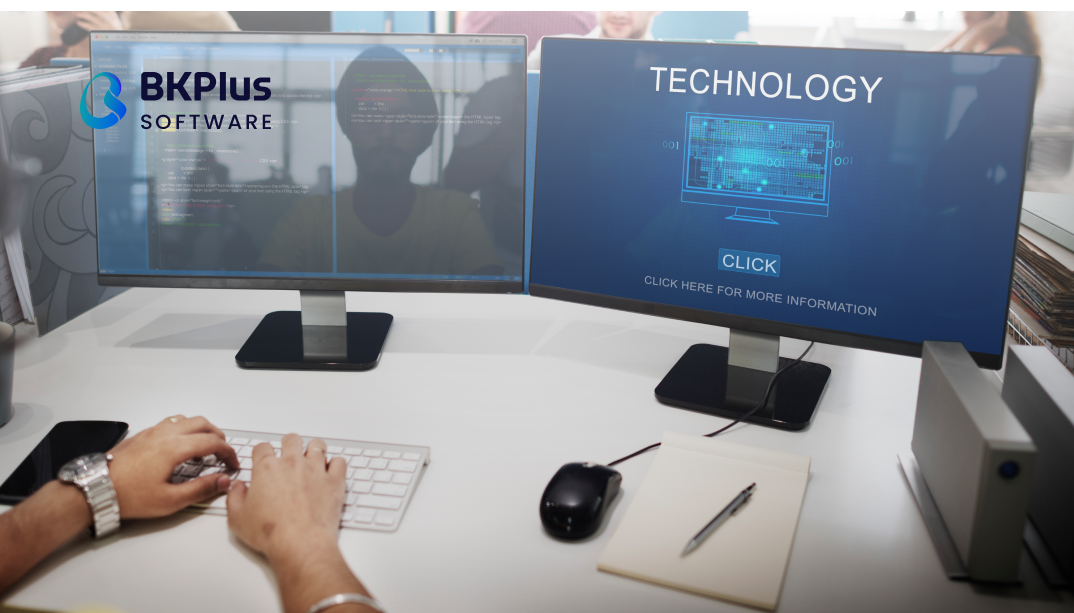Embedded systems have become an integral part of our daily lives. They power everything from smartphones and household appliances to cars and medical devices. The success of an embedded system often depends on its design process. Choosing the right approach can have a significant impact on the functionality, performance, cost, and time-to-market of the project.
Understanding Embedded System Design Processes
Before diving into the selection process, it’s essential to familiarize ourselves with the common approaches to embedded system design:
1. Waterfall Model
The Waterfall model is considered to be the first software development model ever used. It follows a sequential approach in which each phase of software development must be completed before moving on to the next. For this reason, each phase of the Waterfall model must be precisely defined.
Advantages:
- Easy to use and understand.
- Clearly defined phases and activities.
- The review in each phase ensures the early detection of errors.
Disadvantages:
- Very difficult to revert to a previous phase once completed.
- There is a lack of flexibility and it is quite difficult and costly to adjust the scope.
2. Agile Development
The Agile model is based on two fundamental models: Iterative and Incremental. Agile can be applied to any type of project but requires active involvement and interaction with the customer. Agile is particularly useful when customers need to deliver functionality in short timeframes, usually within 3 to 4 weeks.
Advantages:
- Shortens the time it takes to use certain system functions.
- Delivers high-quality software in the shortest possible time while ensuring customer satisfaction.
Disadvantages:
- Depends heavily on the skills of the development team.
- Documentation is often created at a later stage.
- Requires an experienced team.
3. V-Model
The V-model is a widely used software development process in many software companies. When applying the V-model, the entire software development process is divided into two parallel and corresponding phases: Development and Testing. In the V-model, testing begins as early as the requirements elicitation phase, which enables errors to be identified and rectified at an early stage. Successful implementation of the V-model requires clear software requirements and a thorough understanding of software technologies and tools.
Advantages:
- The development and management processes are well-organized and systematic.
- It is well suited to medium and small projects.
- Testing starts at the beginning of development, so ambiguities are identified early.
- Easy to manage as each phase has clearly defined goals.
Disadvantages:
- Not suitable for large and complex projects.
- Not suitable if requirements change frequently.
- No working software is created in the intermediate phases.
- No risk analysis is provided, which leads to uncertainties and potential risks.
4. Spiral Model
The Spiral model is a risk-oriented development process for software projects. The focus of the model is on risk analysis, starting with the design requirements/objectives and ending with customer validation at each stage. The Spiral model is a practical approach to the development of large-scale software products. Additionally, developers and customers gain a better understanding of the risks at each stage of development and can react accordingly.
Advantages:
- Combines the best features and addresses the weaknesses of many other development models.
- Simple and effective project monitoring.
- Suitable for projects with a high risk of change during development to mitigate risks.
- Accurate prediction of schedules and costs.
Disadvantages:
- Risk analysis can be quite costly. Particularly suitable for large projects with strong financial resources.
- Frequent change requests can lead to endless loops, and complexity and require a team of risk analysis experts.
Factors to Consider When Choosing a Process Of Embedded System Design
As the complexity of these systems grows, selecting the appropriate development process becomes paramount. We’ll explore key factors to consider when choosing a methodology for embedded system design.
Project Size and Complexity:
For smaller projects with clearly defined requirements, the Waterfall model can be a good choice. This linear approach includes sequential phases such as requirements gathering, design, development, testing, and deployment. While the Waterfall model can be efficient for smaller projects, it may struggle to accommodate changes that occur during development.

On the other hand, if you’re working on a large, complex project where requirements may change, the Agile or Spiral model offers more flexibility. Agile methods such as Scrum or Kanban emphasize iterative development that allows for adjustments based on feedback and changing requirements. This iterative approach allows teams to deliver working increments early in the development process, providing an opportunity for feedback and course correction.
Time-to-Market:
Time-to-market is often a critical factor in the development of embedded systems. Agile development is often preferred for projects with tight deadlines. The iterative approach enables rapid development and delivery of work streams that allow for early feedback and customization. This allows teams to accelerate development and shorten the time to market of the product.
Risk Tolerance:
The level of risk associated with your project is another important consideration. If your project involves high levels of risk, the Spiral model can be a valuable choice. It incorporates risk assessment and mitigation throughout the development process, helping to identify and address potential challenges early on. Therefore, teams can reduce the likelihood of costly failures and ensure project success.
Regulatory Compliance:
For embedded systems that need to comply with certain industry standards or regulations, conformance is a critical factor. The V-model is well-suited for safety-critical systems. It emphasizes verification and validation activities throughout the development process to ensure that the system meets the required standards and regulations. This rigorous approach helps to minimize the risk of safety hazards and ensure that the system functions as intended.
Team Expertise:
It would be helpful if you considered the team’s familiarity with different methods. Choosing a process that matches the team’s strengths and experience can improve efficiency and productivity. You can also avoid the need for training and ensure a smoother development process.
Best Practices for Successful Embedded System Design
Regardless of the process chosen, effective communication, collaboration, and documentation are critical to successful embedded system design. Additionally, consider the following best practices:
Capture the requirements: Clearly define the system’s functionality, performance requirements, and constraints. This includes soliciting input from stakeholders, conducting market research, and creating detailed specifications.
Design the architecture: Create a well-structured architecture that aligns with the project goals. The architecture should define the components of the system, their interactions, and the overall system flow. Consider factors such as scalability, maintainability, and performance optimization when designing the architecture.

Hardware selection: Select components that meet the requirements of the system, taking into account factors such as cost, power consumption, and availability. Conduct thorough research and evaluation to select the most suitable hardware. Pay attention to the component’s performance characteristics, compatibility with other components, and long-term availability.
Software development: Write clean, efficient, and maintainable code using appropriate programming languages and tools. Adhere to coding standards and best practices to ensure code quality and readability. Consider factors such as modularity, reusability, and testability of the code when developing the software.
Test and verify: Conduct thorough testing at various stages of development to identify and fix problems early. This includes unit tests, integration tests, and system tests. Use automated testing tools to improve efficiency and coverage.
Continuous integration and deployment: Automate build, test, and deployment processes to improve efficiency and quality. This includes the use of tools and practices such as version control, automated testing, and continuous deployment. Consider using cloud-based platforms for continuous integration and deployment to simplify the process and improve scalability.
Conclusion
Choosing the right process for embedded system design is an important decision that can have a significant impact on project success. By carefully weighing factors such as project size, time to market, risk tolerance, and team expertise, you can choose the most appropriate approach.
At BKPlus Software, our team of embedded systems developers consists of experts in the entire lifecycle of embedded products. We have been involved in embedded software development for many years and know exactly what will fulfill your product requirements. Get started today and experience the difference of working with BKPlus Software.



